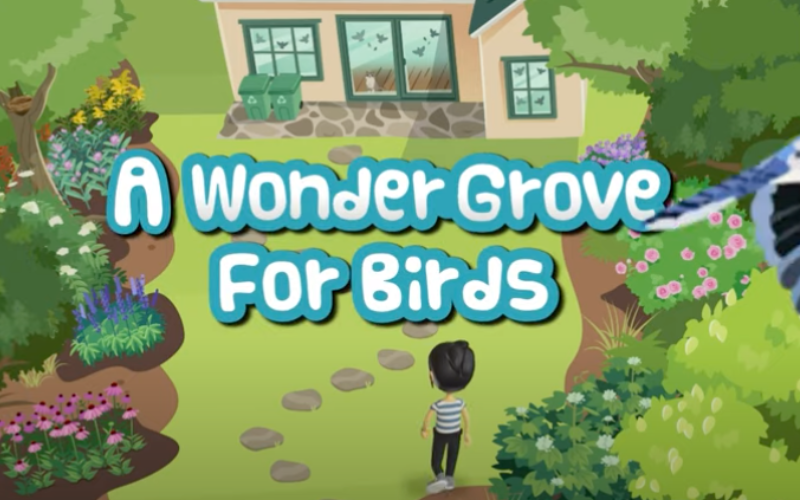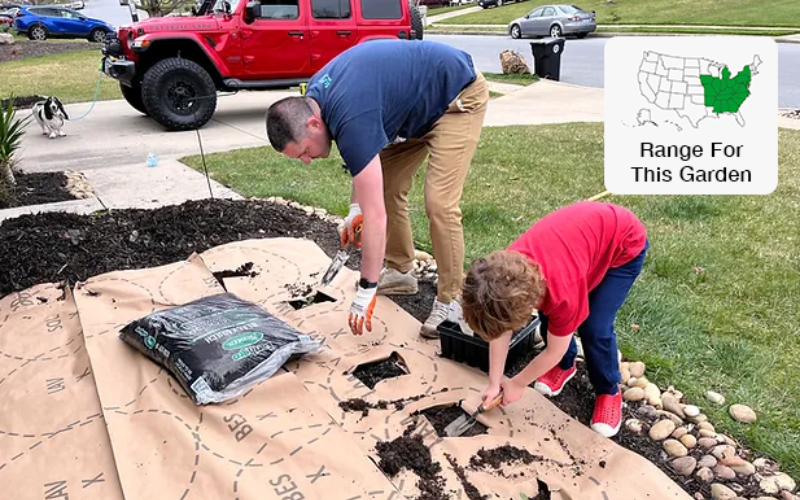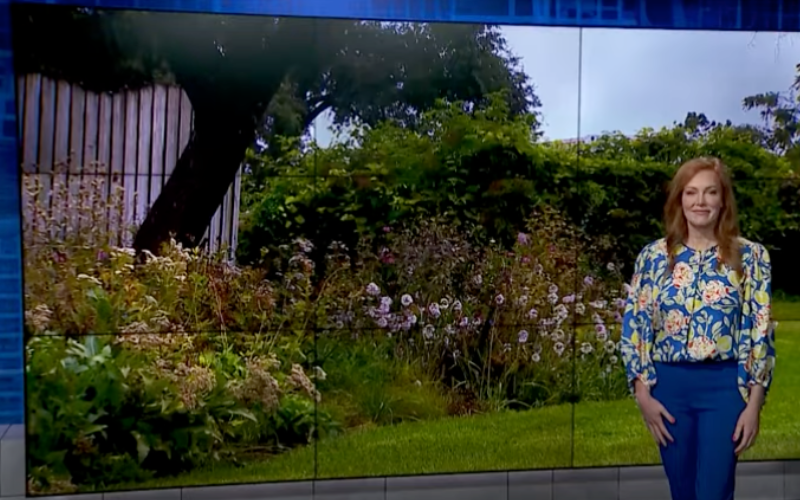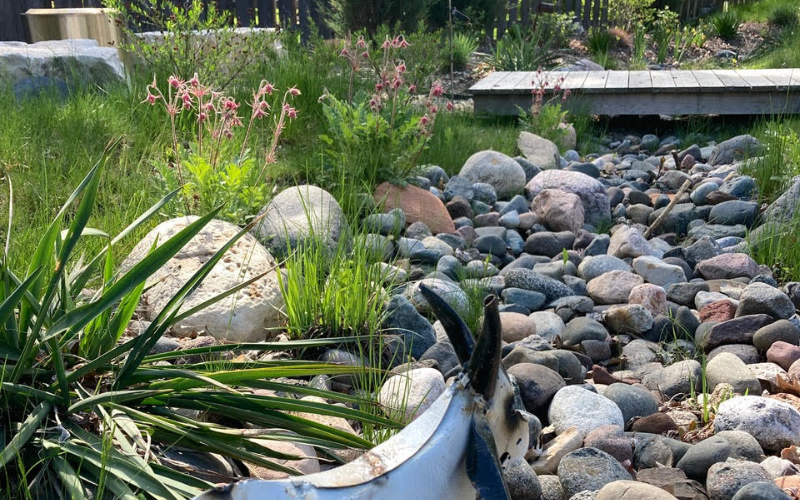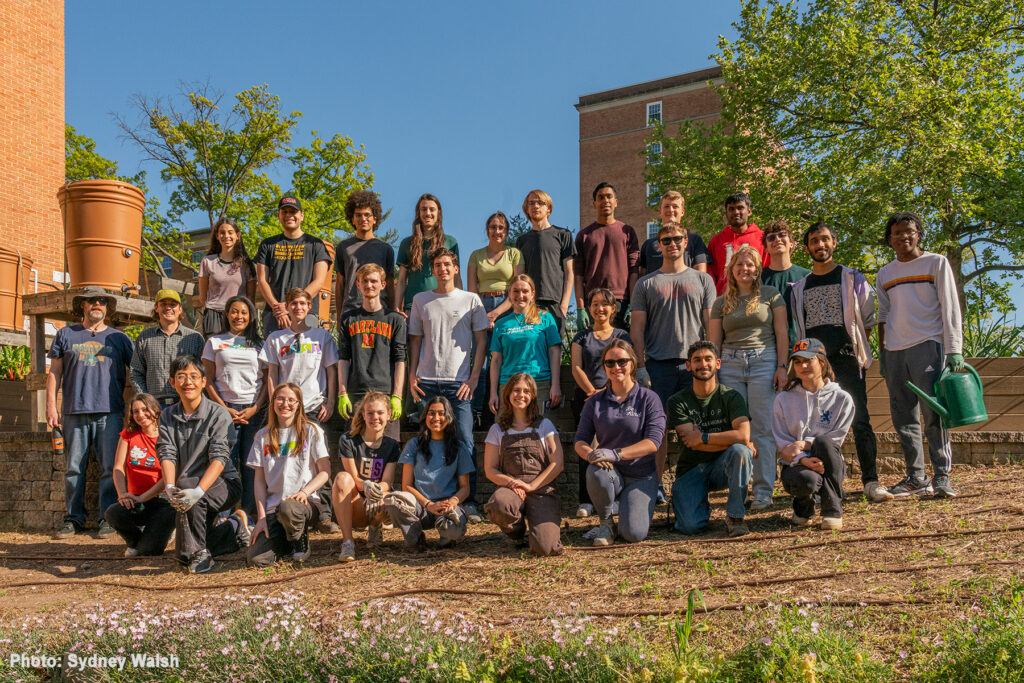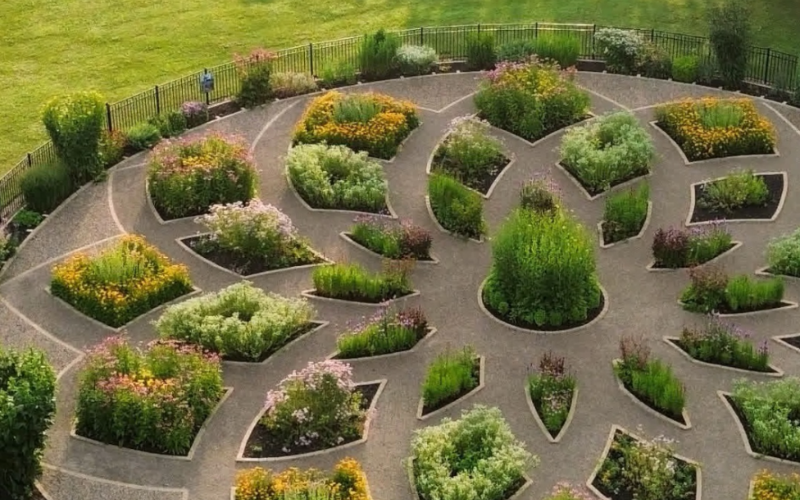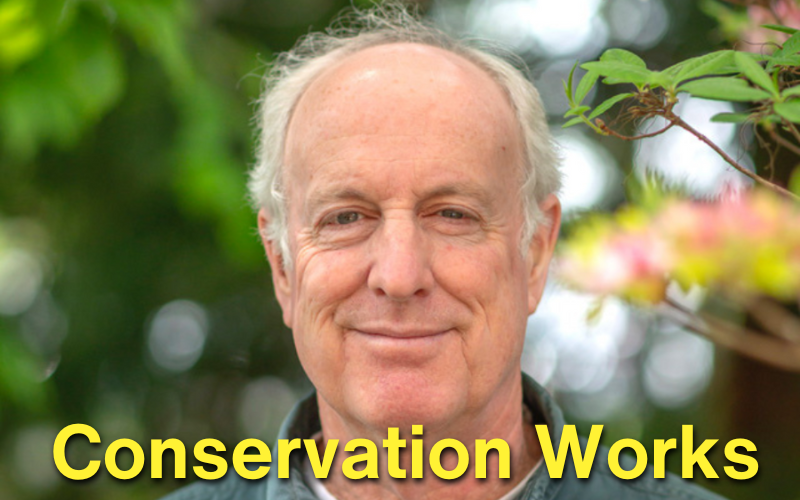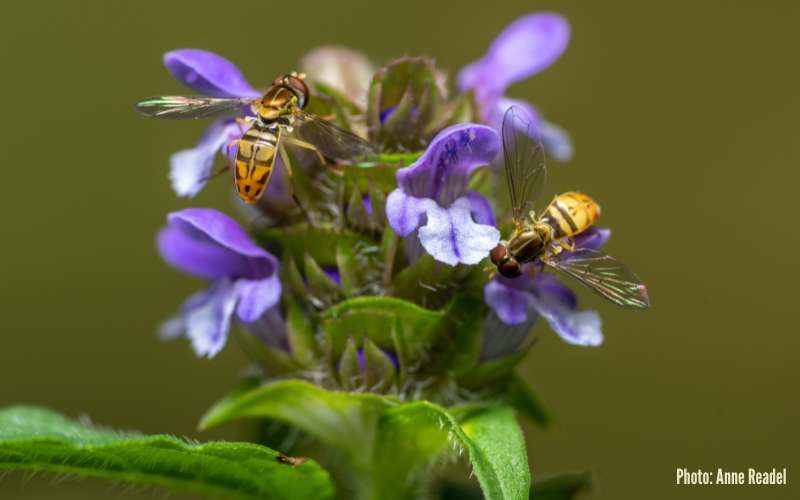Welcome to WonderGrove for Birds
Announcing the launch of a brand-new series of videos created for kids in grades K-2 by WonderGrove Kids, in collaboration with Homegrown National Park! These engaging and educational videos focus on the importance of creating habitats for birds, making it easy and fun for young children to learn how they can help nature right in […]
Welcome to WonderGrove for Birds Read More »

